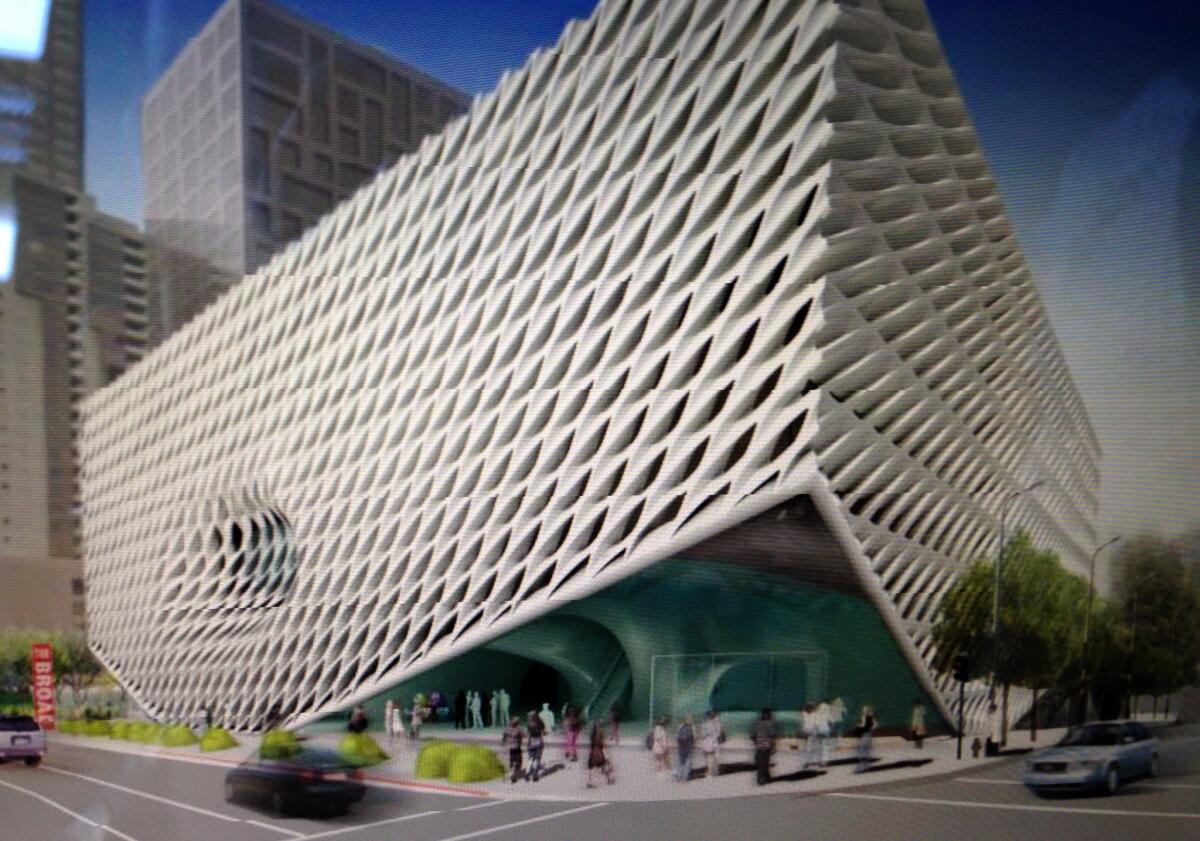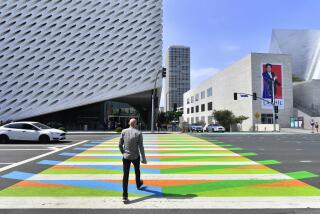Year in Review: Museum admission should be free: The state of art in 2014

Recently I visited six prominent art museums in two states (Texas and Ohio) and saw a wide variety of rewarding special exhibitions and exceptional permanent collections. Aside from individual works of art, which included some of the most important paintings, sculptures, drawings, photographs, illustrated books and decorative objects made in the entire history of world civilization, I was struck by something else: Admission to five of the six art museums was free.
That is as it should be.
Yes, every art museum needs multiple sources of revenue. It does cost money to run the place.
However, because they are tax exempt, art museums already count the public as a major, indirect source of revenue. Required admission fees add a second hit — a kind of “double jeopardy” — and it is one that falls harder on those who can least afford it.
The simple fact that I was struck by not having to pay for the privilege of entering tax-exempt, not-for-profit art institutions on my recent journeys suggests how unusual the experience is. That’s because most of my museum time is spent in Los Angeles. Until this year, only one of the city’s six most important art museums hasn’t had a tariff for the public to see its art — even though the public at least nominally supports or owns it.
In February L.A. got its second free museum. UCLA’s Hammer Museum joined the J. Paul Getty Museum (and the Getty Villa) in having no entry cost. The Hammer raised funds to bridge the immediate funding gap, and it has been working toward expanding memberships for added revenue. But here’s the true measure of success: In the 10 months since dropping admission fees, the museum reports a hefty attendance jump of 25%.
Museums like to say that they are eager to engage new audiences, and no doubt they are. Growing attendance by a quarter without tinkering with the program is a pretty good working definition of new audience engagement.
Admission policies often have an unacknowledged influence on museum programs too, and it isn’t always healthy. Admission fees turn visitors into customers, and relying on customers turns an educational enterprise — which is what a museum is — into a public entertainment. Quantity of response trumps quality of response, and in the short run the surest way to juice quantity is to popularize the program.
For example: It probably isn’t an accident that each of the last three directors at the Museum of Contemporary Art (general admission $12) has chosen to host an exhibition revolving around Andy Warhol. Contemporary art is not popular with the public, but Warhol is a household name — a celebrity. What Monet or Picasso is for Modern art, Warhol is to contemporary art.
The most famous artist of the last half-century is presumably a popular draw. Here’s the catch: None of MOCA’s three Warhol shows added much of any significance to our already established understanding of a major artist’s work. And each exhibition was less interesting than the one before it. The slide was palpable.
Museums might say they’re interested in engaging new audiences, but sometimes it seems they’re actually eager to engage more paying customers. The Indianapolis Museum of Art, mostly free since 1941, just announced it would zoom from zero to $18 a head.
Ironically, when it comes to admissions we’re not even talking about a huge revenue generator. Nationally, the portion of an art museum’s annual operating budget that is covered by visitors pushing cash across the counter at the admissions desk hovers in the vicinity of 5%. That’s beyond modest, relatively speaking.
Free admission is already the norm at several smaller, more specialized institutions around the city, including the California African American Museum, the Annenberg Space for Photography, the UCLA Fowler Museum and the Santa Monica Museum of Art. Save for the Getty, however, the most imposing art museums in town swing far in the other direction.
In addition to MOCA, there’s the Huntington (general admission $20 to $23), Los Angeles County Museum of Art ($15 to $25) and Norton Simon Museum ($12). You could certainly get free entry at any of them if you were a member, but I doubt many people sign up at all four: Together, the lowest individual rate for that would be $340.
One comparative test of the admission practice will come next fall, when the Broad Collection opens downtown on Grand Avenue. Happily, the Broad administration announced this year that, like the Getty and the Hammer, its collection of blue-chip contemporary art will be open free to the public.
It has been hoped that the splashy new attraction will also benefit MOCA, the Broad’s edgier neighbor across the street. Interest in one might generate interest in the other. Soon we’ll know whether MOCA’s admission fee is a barrier — and if so, how much.
Twitter: @KnightLAT
More to Read
The biggest entertainment stories
Get our big stories about Hollywood, film, television, music, arts, culture and more right in your inbox as soon as they publish.
You may occasionally receive promotional content from the Los Angeles Times.







